Discard & Offal Management
WHAT IS DISCARD & OFFAL MANAGEMENT?
Discard and offal management is the safe offloading of waste materials away from hooked lines or hauling operations. Although the offal itself is not hooked, and therefore does not pose a direct threat, it does attract seabirds, causing them to feed in close proximity to hooked lines.
Effective discard and offal management involves positioning the scupper (through which waste is discharged) away from the hauling hatch, diverting the birds’ attention and drawing them away from hooks as they return to the surface.
CURRENT RESEARCH
Discharging offal portside, away from the hauling area, is now a minimum requirement in many fisheries, including the offshore demersal hake longline fishery and Scottish longline fisheries. The Agreement on the Conservation of Albatrosses and Petrels (ACAP) suggests that retaining discards onboard, away from fishing activity, may be more effective in reducing bycatch, as it minimises seabird abundance around vessels during hauling. Through simulating different management scenarios, using observed seabird mortality data in the Uruguay trawl fleets, discarding in “batches” in combination with bird-scaring lines is predicted to drive mortality to negligible levels. A study in the Falklands also demonstrated that batch discarding significantly reduced seabird attendance and contacts in trawl fisheries, although the efficacy of mitigation depends on the discard storage system. At a minimum, offal should not be discharged while setting and hauling lines and nets. However, a study of the US tuna longline fishery of the central North Pacific found that discharging spent offal and spent bait during setting did not reduce albatross bycatch, although this finding warrants further investigation.
A 2023 study involving mid-water and bottom trawlers in Argentina found that an approach of zero discards during trawling in combination with bird-scaring lines and “snatch blocks” – which reduce the aerial extent of the warp cables towing the nets – may be most effective in reducing seabird bycatch. A study of New Zealand squid trawl fisheries similarly found that combining better discard and waste management with bird-scaring lines to reduce the risk of seabirds striking warp cables can significantly reduce bycatch.
This page was last updated on 12.10.23.
Interested in how this and other measures could mitigate bycatch in your fishery? Get in touch with us to collaborate or take part in a study.

